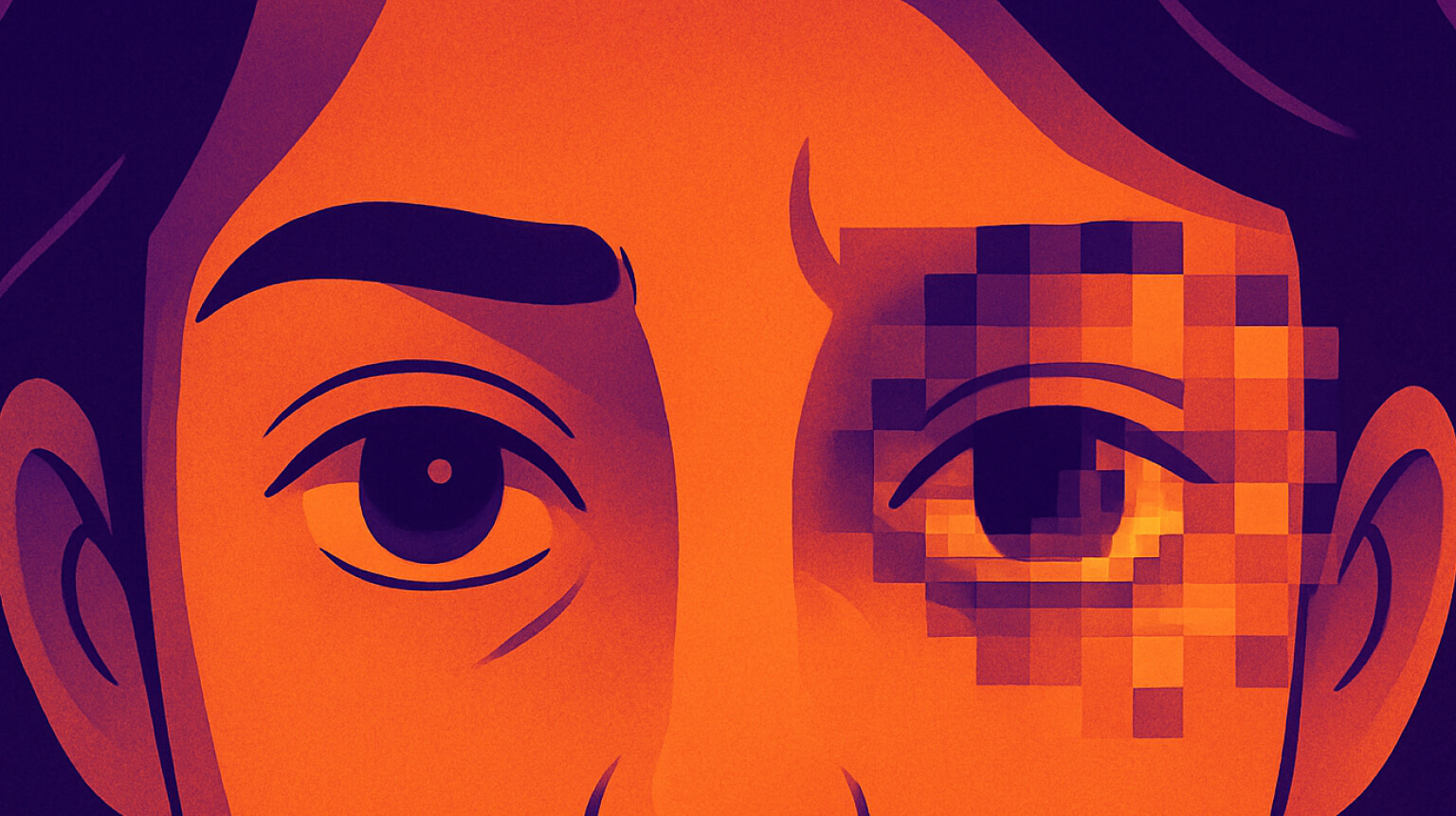I used to think that spending long hours in front of a screen was just part of being a programmer. My eyes would start burning by midday, my neck would get stiffer, and I’d feel mentally drained. When I realized I was feeling this way every day, I decided to do something about it. That’s how I found a study in The Journal of Community Health Management that confirmed what my body was already telling me: too much screen time can seriously affect our health.
Determined to make a change for myself, I built LookAway, an app that nudges me to take regular breaks. Once I started using it, my eye strain eased up, my posture improved, and my productivity actually went up because I wasn’t pushing myself past the point of burnout. Here are some of the study’s insights, plus a few strategies that worked for me.
Digital Eye Strain
Dryness and irritation often happen because frequent blinking isn’t enough to offset constant screen exposure. Extended focus on pixelated displays can lead to blurred vision, which is more than just a minor annoyance. Headaches and light sensitivity are also common, but many people dismiss them as a normal part of working in tech.
Measures Taken to Prevent Eye Strain
This table shows the percentage of respondants who have adopted various methods to avoid digital eye strain.
| Measure Taken | Percentage |
|---|---|
| Follow the 20-20-20 rule | 17.6% |
| Use anti-glare spectacles | 59.6% |
| Work in eye-protected mode | 33.7% |
| Take regular breaks from screen | 58.0% |
| Use an anti-glare screen device | 17.1% |
I used to ignore most of these recommendations until the strain became too much. Now I’m more aware of the small steps that help my eyes recover, especially regular breaks.
Musculoskeletal Issues
Prolonged sitting and suboptimal workstation setups can lead to chronic pain. Neck and shoulder stiffness often result from a forward head posture. Lower back pain is common when you sit for hours on end without moving. Wrist and finger discomfort creep in when you type and click nonstop.
Measures Taken to Prevent Musculoskeletal Issues
This table presents the strategies adopted by respondants to prevent musculoskeletal discomfort.
| Measure Taken | Percentage |
|---|---|
| Use ergonomic equipment | 30.3% |
| Maintain proper posture | 35.4% |
| Exercise regularly | 43.4% |
| Avoid prolonged sitting | 50.3% |
I used to feel that ergonomic gear was optional, but after a few months of serious back pain, I realized it’s worth the investment. Simple tweaks like adjusting my chair height and keeping my monitor at eye level made a huge difference.
Cognitive Fatigue
Extended screen time can affect cognitive function. Many people report decreased focus and slower information processing, which can hurt overall work efficiency. I’ve noticed that if I push too hard without breaks, I start making mistakes and take longer to complete tasks.
Screen Time Habits
This table details the distribution of daily screen time among respondants for work purposes.
| Time Spent on Screens (Professional Use) | Percentage of Respondents |
|---|---|
| 6 hours or less | 15.1% |
| 6-8 hours | 30.5% |
| 8-10 hours | 35.5% |
| 10-12 hours | 12.7% |
| More than 12 hours | 6.2% |
A surprising 54.4% of respondents spend eight or more hours in front of screens daily. I used to be in that category without any strategy to mitigate the negative effects.
Work Experience of Respondents
This table outlines the distribution of work experience among the survey respondents.
| Work Experience | Percentage of Respondents |
|---|---|
| Less than 1 year | 39.4% |
| 1-3 years | 29.3% |
| 4-8 years | 17.0% |
| More than 8 years | 14.3% |
Many respondents are early-career professionals, which makes it even more important to develop healthy habits from the start.
Solutions
I adopted the 20-20-20 rule by setting up a small script that reminds me every 20 minutes to look at something 20 feet away for 20 seconds. This simple change gave my eyes a chance to reset and helped reduce dryness and headaches. That led me to build LookAway. It nudges me to stand up, stretch, or refocus my eyes, which helps me avoid that midday slump.
I optimized my display settings by using dark mode and night filters. Since I already enjoyed tweaking IDE themes, extending that principle to my entire operating system was an easy step.
I invested in ergonomics by getting a supportive chair, an adjustable monitor stand, and a wrist-friendly keyboard. These weren’t just comfort upgrades; they directly impacted how I feel at the end of the day.
Conclusion
After making these changes, I’m coding faster, making fewer mistakes, and feeling better overall. If you want to give LookAway a try, I’d love to hear your feedback. Let’s keep improving our workflows, one mindful break at a time.

